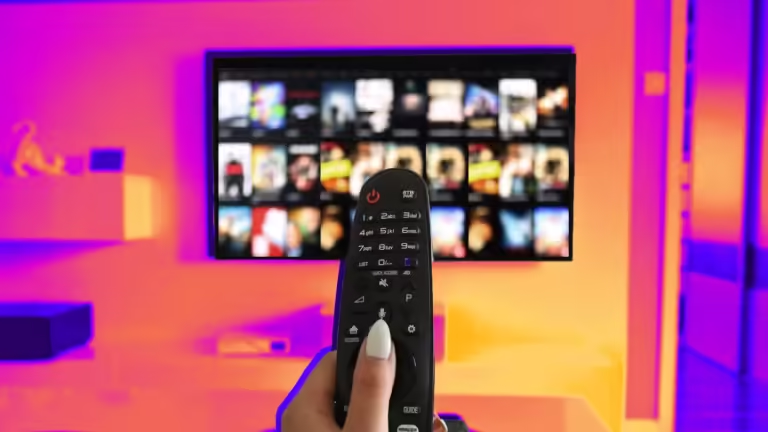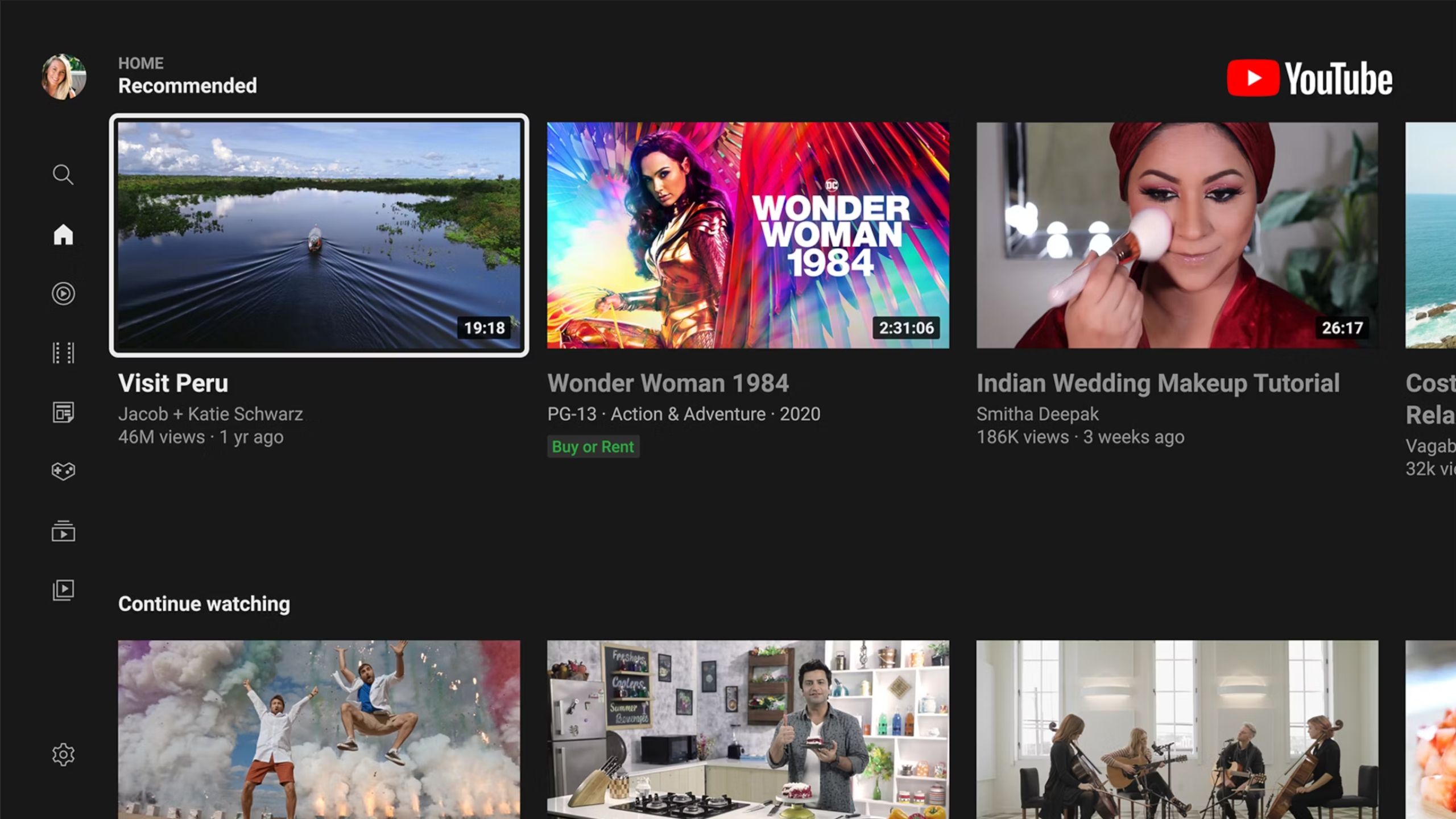Key Takeaways
- Free streaming services exist, but they are ad-supported, meaning you are the product.
- Some even encourage users to purchase paid subscriptions.
- The quality varies, so you might not find much worth looking at.
These days, a surefire way to get someone’s attention is to give them something they want for free. After all, housing and groceries are expensive, not to mention entertainment. Media executives know this, which is why free streaming services like Tubi, Pluto TV, Amazon’s Freevee, and of course Google’s YouTube exist.
But savvy consumers might be asking a burning question: Is anything really free? Of course the answer is no, but some compromises might be acceptable. As with most things, it all depends on your situation and how much of your viewing experience you’re willing to compromise for the low cost of not watching movies or TV at all.
Are all these free streaming services really free?
You don’t have to pay anything up front to stream with these services
As for cash changing hands, sure, there are plenty of legally free services out there: the apps are free to download, and you don’t pay anything to watch beyond what you pay for the hardware and internet access. Scamming them would be hard: not only would you have to get past the app screening used by companies like Apple, Amazon, and Google, but you’d also have to convince users to stick around rather than move on to legal alternatives. There are hosting costs, too: even a pirate media library requires servers and pipelines.
In effect, free services turn you into a commodity: they’re selling your attention and (hopefully anonymized) data to other companies.
The usual trade-off for free entertainment is ads. For example, if you’re watching The Wicker Man on Tubi, you’ll see multiple ads. Some services, like Pluto TV, are notorious for showing the same ads for months on end, and many people have complained about YouTube’s ad frequency. In effect, free services turn you into a commodity: they’re selling your attention and (hopefully anonymized) data to other companies.
Some services may offer paid subscription tiers without ads. YouTube Premium is a good example. While a company could run on advertising revenue alone, monthly fees tend to be more profitable and reliable. It’s hard to budget for the future when advertisers can opt out at any time.
The real question is, are these free services worth it?
Of course, the answer depends on how much you value your time (or how much you hate ads).
That depends on a variety of factors, including the type of viewing experience you’re looking for. With services like TikTok and YouTube, people are willing to put up with ads because they focus (mostly) on short, low-commitment videos. For example, a 30-second interruption isn’t a big deal if you’re watching a 12-minute review of an electric unicycle. But with longer videos or binge-watching, these interruptions can add up. Also, moviegoers might dislike any kind of ad that interrupts their immersion. No one wants to see a baby food commercial in the middle of 2001 or Grave of the Fireflies.
Free services tend to vary widely in quality, primarily in terms of available content. Tubi has some great shows and blockbusters, but it’s also notorious for bloating its catalog with B- or Z-grade titles that no one cares about. Meanwhile, many “live TV” services consist of channels dedicated to individual shows or a few movies. Paid memberships tend to bring more money into licensing fees and original productions. Just look at Netflix.
Unless you’re strapped for cash, a free service’s best role is often as a supplement to a paid option: a place to pop in when your subscription doesn’t offer new content or when you want to watch a movie or show that you can’t find anywhere else.


